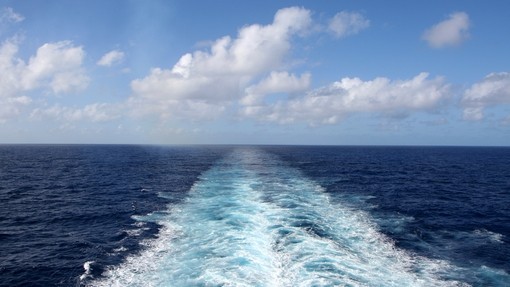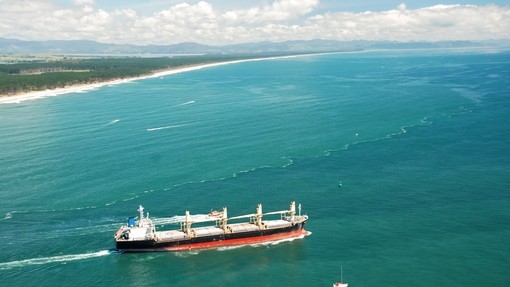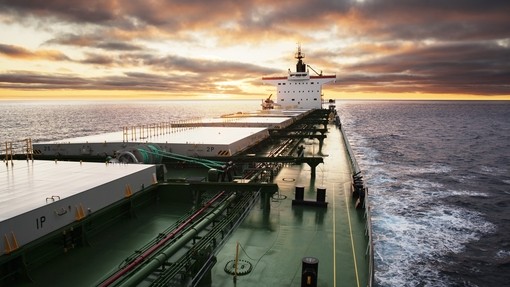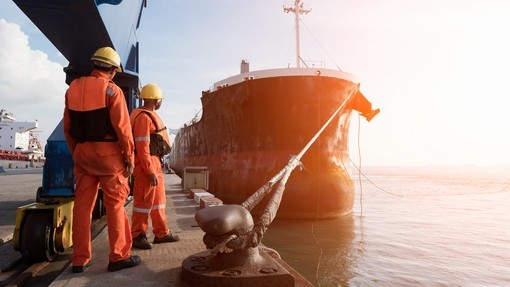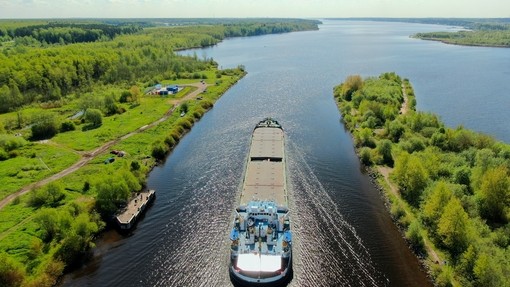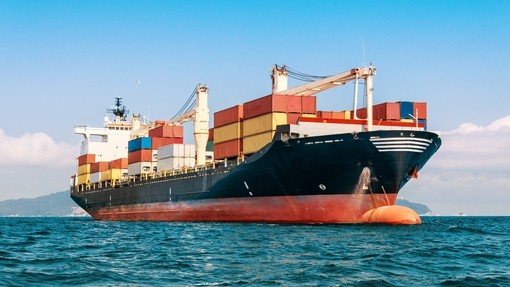Decarbonisation and shipping: International Maritime Organization ship efficiency measures
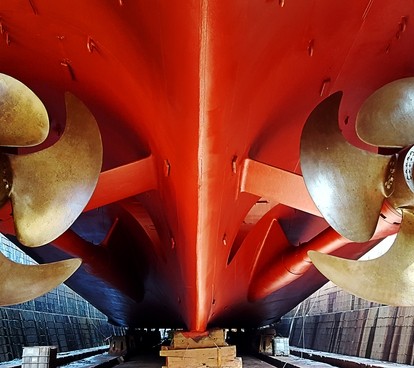
Details
In April 2018, the International Maritime Organization (IMO) voluntarily adopted its Initial Strategy on Reduction of Greenhouse Gas Emissions from Ships. This set out a number of short, medium and long term goals concerning the decarbonisation of shipping. For further details, see our previous article Decarbonisation and shipping: International Maritime Organization ambitions and measures.
One of those goals is to reduce the carbon intensity of international shipping by 40% by 2030, as compared to 2008 levels. New measures to accomplish this goal, by way of improving ship efficiency, were approved at the 75th session of the IMO’s Marine Environment Protection Committee (MEPC), held in November 2020, and are due to be adopted at the 76th session, to be held in June 2021.
Energy efficiency measures for ships, which are already in force, are already set out in Chapter 4 Annex VI of the International Convention for the Prevention of Pollution from Ships (MARPOL). These include (i) a technical measure, requiring new ships to be designed to meet higher efficiency standards, in accordance with an Energy Efficiency Design Index (EEDI), and (ii) an operational measure, requiring all new and existing ships to adopt a Ship Energy Efficiency Management Plan (SEEMP), in order to improve energy efficiency through ship specific operational measures. The new measures, approved in November 2020, are currently set out as draft amendments to this part of MARPOL.
The draft amendments provide for the establishment of an Energy Efficiency Existing Ship Index (EEXI) and a Carbon Intensity Indicator (CII). These new measures are aimed at gradually reducing the ship’s carbon intensity and address how the ship is retrofitted and equipped and how it operates, continuing the IMO’s approach to improving ship efficiency through the adoption of both technical and operational measures.
If adopted, the draft amendments will come into force as new regulations with effect from 1 January 2023.
Energy Efficiency Existing Ship Index (EEXI)
If adopted, the draft amendments concerning the Energy Efficiency Existing Ship Index (EEXI) will apply to existing ships of and over 400 gross tonnes and requires those ships to achieve a certain level of energy efficiency for their size and type compared to an industry baseline.
Each ship will be ascribed a target level of efficiency, known as the Required EEXI, which will be calculated on the basis of a % reduction from the baseline used in the EEDI measure. Each ship will then need to calculate its estimated efficiency level, based on information relating to the equipment and running of the ship collated in a ship specific technical file. This value is known as the Attainted EEXI. If the ship’s Attained EEXI does not meet or exceed the Required EEXI the ship will be required to take corrective action.
The EEXI is a goal-based energy efficiency measure, which means that, provided the Required EEXI is met, Owners are able to select what they consider to be the most appropriate energy efficiency improvement methods for their specific ships. This is similar to the approach adopted by the IMO in relation to the reduction of global sulphur oxide emissions, pursuant to the IMO 2020 Sulphur Regulations, whereby owners could choose between either burning low sulphur fuel, or retrofitting their ships with scrubbers, to achieve compliance.
As the EEXI relates to technical features of the ship, options for improving efficiency include (i) engine power limitation (i.e. reducing the installed power of the ship’s engine) (ii) changing the ship’s fuel (e.g. diesel fuel to LNG) or (iii) installing energy efficiency technologies (e.g. rotor sails, hull modifications or propulsion improving devices).
From 1 January 2023 the ship’s technical file, containing relevant information on the calculation of the EEXI and the underlying documentation used to produce the calculation, will be approved by the ship’s classification society and a new International Energy Efficiency Certificate (IEEC) will be issued on the ship’s first International Air Pollution Prevention (IAPP) survey or Initial Energy Efficiency (IEE) survey.
Carbon Intensity Indicator (CII)
If adopted, the draft amendments concerning the Carbon Intensity Indicator (CII) will apply from 1 January 2023 to new and existing ships of and over 5000 gross tonnes. Pursuant to these amendments, ships will be required to calculate their actual annual operational CII. This will then be compared to required value so as to give the ship an annual CII rating ranging from A–E showing how efficiently the ship operated during the previous year. Year on year, greater efficiency will be required such that ships will need to engage in a process of continuous improvement in order to hold their rating over time.
There will be a minimum standard and ships will be required to achieve a rating of C or better. Any ship that receives a D rating for three consecutive years, or an E rating, will be required to implement corrective actions to increase its rating to C or above. For ships subject to the CII measure, the SEEMP will need to be enhanced to include a methodology and plans for monitoring and calculating the CII and evaluating the position and making improvements. Corrective actions taken to improve the ship’s rating must also be documented in the ship’s SEEMP
Further details of this measure, including technical guidelines on calculating the CII, are expected following MEPC 76 in June 2021. If the CII measure is adopted and implemented, the IMO already intends to review the effectiveness of the measure from January 2026 onwards.
Impact on shipping
The EEXI and CII regulations, once adopted, will usher in a new era of ship efficiency which is likely to involve, to a far greater degree than previously, modifications to ships and their equipment. While compliance with MARPOL falls on Owners’ shoulders, the practical realities of upgrading ships’ equipment, and thereafter continuously improving efficiency and altering the operation the ship to reduce emissions, will need to be worked out with charterers’ input, especially where long term time charters are in place. Parties will need to consider how these schemes of the future sit with existing charterparty regimes and may need to negotiate and agree modified clauses in relation to the implementation of emissions reducing technologies and practices, the CII rating the ship achieves, and any changes to that rating – especially negative ones.
Furthermore, the market as a whole will need to adapt to the CII rating system applied to ships and work out how to accommodate and weight this factor in relation to financing, insurance and the fixing of ships.
Although the investment needed to improve the efficiency of existing ships may pose a challenge for some in the near term, set against a backdrop of predictions that future fuel costs will be significantly higher, efficiency improvements accomplished now could represent a way of getting ahead on future costs by reducing fuel demand in advance. For new ships, the big question will of course be what fuel system to design and build for, as future fuel uncertainty remains high while the industry explores a range of alternative fuel options.
Upcoming
In our next article we take a look at the future of marine fuels, considering some of the alternative fuel options and their pros and cons, and the path to widespread change.
Our short introduction to the fifth article in our series on decarbonisation and shipping
Playing this video will set non-tracking cookies from YouTube/Google

